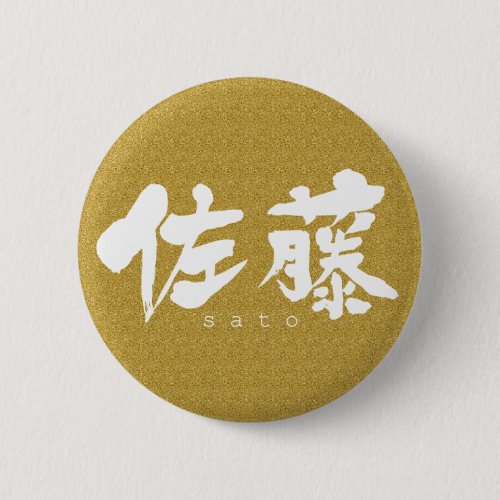circle

[Family Crest] Right-align 3tier pine tree w/round Button
This family crest depicts three tiers of pine branches stacked vertically within a circle, with the center tier shifted to the right.

[Family Crests] Left-align 3tier pine tree w/round Button
This family crest depicts three tiers of pine branches stacked vertically within a circle, with the center tier shifted to the left.

[Family Crests] Right-aligned 3tiered pine trees Button
This family crest depicts three tiers of pine treetops, with the middle tier shifted to the right.

[Family Crests] Left-aligned 3tiered pine trees Button
This family crest depicts three tiers of pine treetops, with the middle tier shifted to the left.

[Family Crests] Nine bamboo leaves Button
This family crest depicts three bamboo leaves arranged in a set, with three such sets gathered and drawn in a circular pattern with their bases joined.
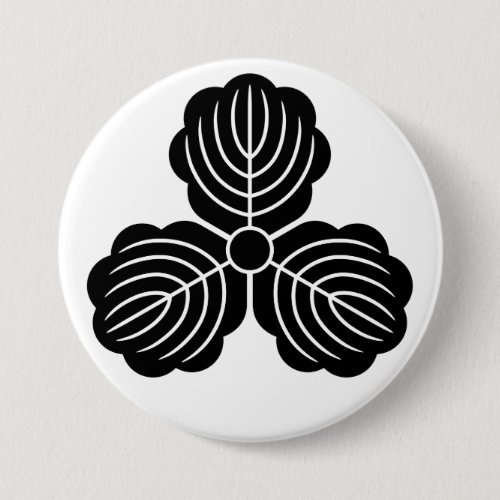
[Family Crests] three ork leaves Button
This family crest depicts three broad oak leaves spread out in three directions. Oak leaves were revered as sacred since ancient times, having been used as vess

[Family Crests] Tachibana flower Button
This family crest depicts the fruit, leaves, and flowers of the tachibana, an evergreen shrub of the citrus family, rendered as an emblem.
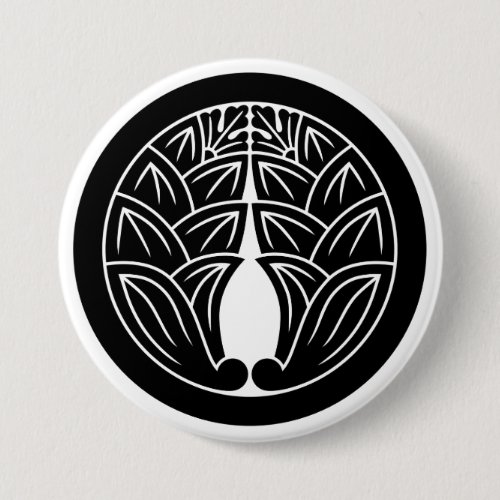
[Family Crests] 2 symmetrical Jpn gingers w/round Button
A family crest featuring a circle drawn around two symmetrical Japanese Gingers.

[Family Crests] 2 symmetrical holly leaves w/round Button
A family crest featuring a circle drawn around two symmetrical holly leaves. Holly leaves are considered sacred trees that ward off demons, as seen in Setsubun

[Family Crests] Crossed hawk feathers with circle Classic Round Sticker
A family crest depicting hawk feathers overlapping diagonally within a circle, with the left side facing upward.

[Family Crests] Crossed hawk feathers with circle Button
A family crest depicting hawk feathers overlapping diagonally within a circle, with the left side facing upward.

[Family Crests] Crossed hawk feathers Button
This family crest depicts hawk feathers overlapping diagonally, with the left side positioned upward.

[Family Crests] Right-rotating Mitsu-domoe Button
This ancient pattern, also found in Jōmon period sites, is generally believed to represent thunder. This is a clockwise “Mitsudomoe.” Clockwise flow is traditio

[Family Crests] Threeleaf arrowhead with circle Classic Round Sticker
This family crest features a circle drawn around a Threeleaf arrowhead (Omodaka) crest. The Threeleaf arrowhead (Omodaka) crest depicts a single Threeleaf arro

[Family Crests] Threeleaf arrowhead with round Button
This family crest features a circle drawn around a Threeleaf arrowhead (Omodaka) crest. The Threeleaf arrowhead (Omodaka) crest depicts a single Threeleaf arro

[Family Crests] Left-rotating Mitsu-domoe Button
This ancient pattern, also found in Jōmon period sites, is generally believed to represent thunder. The term “mitsudomoe” specifically refers to this left-rotat

[Family Crests] 16 petals chrysanthemum with round Button
This family crest features a chrysanthemum with sixteen petals surrounded by lines of standard thickness. Flowers symbol and graphics at old age.
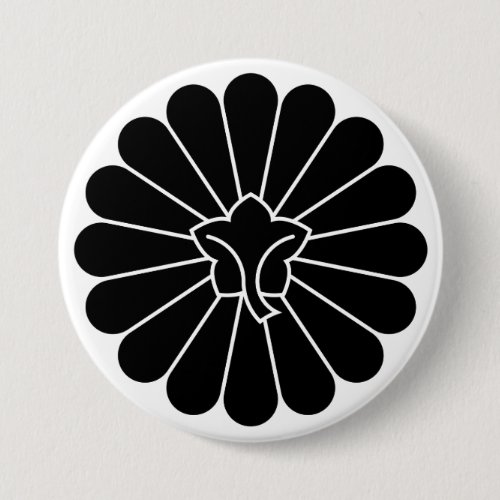
[Family Crests] back-side 16 petals chrysanthemum Button
This family crest depicts a chrysanthemum with sixteen petals drawn from the reverse side. Flowers symbol and graphics at old age.

[Family Crests] Genji clan wheel Button
Flowers symbol and graphics at old age. A family crest inspired by the imperial palanquin of old.
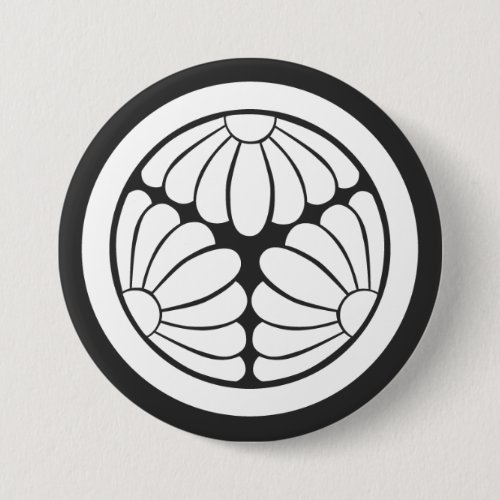
[Family Crests] A circle in 3 chrysanthemum flower Button
Flowers symbol and graphics at old age. the inverted black-and-white version

[Family Crests] Deformed Kaji leaf Button
This family crest depicts a kaji leaf with a deformed petiole. Such logo-like designs are called “Kamon” in Japan.

[Family Crests] Gentian Flowers and Bamboo Button
Flowers symbol and graphics at old age. This family crest depicts five bamboo-like leaves spread downward, with three gentian flowers drawn above them.

[Family Crests] Oni Kaji leaf Button
This family crest features a kaji leaf pattern slightly different from the standard design, with pointed edges around the leaf. Such logo-like designs are calle

[Family Crests] Kaji leaf with circle Classic Round Sticker
This family crest features a circle drawn around a pattern of kaji leaves. Such logo-like designs are called “Kamon” in Japan.

[Family Crests] Kaji leaf with circle Button
This family crest features a circle drawn around a pattern of kaji leaves. Such logo-like designs are called “Kamon” in Japan.

[Family Crests] Rising wisteria with circle Classic Round Sticker
it's said MaruniAgarifuji, in Japanese as Family crests. Flowers symbol and graphics at old age.

[Family Crests] Rising wisteria with circle Button
it's said MaruniAgarifuji, in Japanese as Family crests. Flowers symbol and graphics at old age.

[Family Crests] Rising wisteria Button
it's said Agarifuji, in Japanese as Family crests. Flowers symbol and graphics at old age.

[Family Crests] Orthodox wisteria Button
it's said Sagarifuji, in Japanese as Family crests. Flowers symbol and graphics at old age.

[Family Crests] Plum blossom Button
Flowers symbol and graphics at old age. The white family crest is hidden. Click the “Edit this design” button to display the white family crest, hide the black
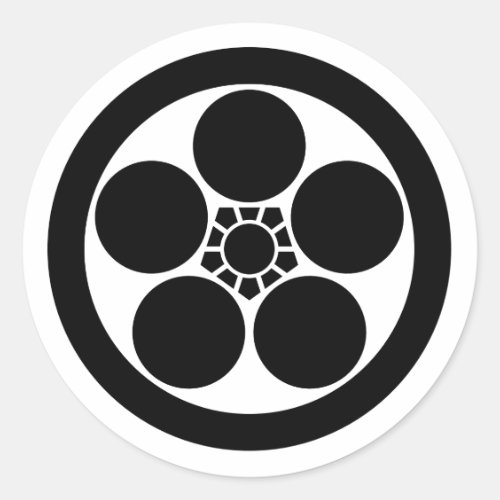
[Family Crests] Plum Flower (Umebachi) with circle Classic Round Sticker
Flowers symbol and graphics at old age. The white family crest is hidden. Click the “Edit this design” button to display the white family crest, hide the black

[Family Crests] Plum Flower (Umebachi) into circle Button
Flowers symbol and graphics at old age. The white family crest is hidden. Click the “Edit this design” button to display the white family crest, hide the black

[Family Crests] Kikyo flower inside a circle Classic Round Sticker
Japanese says "Kamon". Kikyo(bellflower) was used as a "flower fortune-telling the good and bad". It is also considered to be one of the rep

[Family Crests] Kikyo flower inside a circle Button
Japanese says "Kamon". Kikyo(bellflower) was used as a "flower fortune-telling the good and bad". It is also considered to be one of the rep
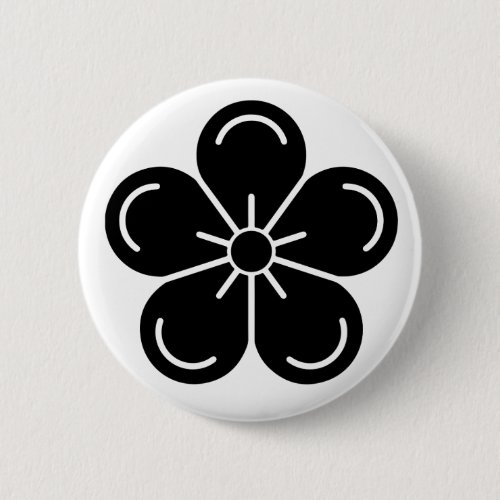
[Family Crests] Decorated Plum Flower Button
Flowers symbol and graphics at old age. The white family crest is hidden. Click the “Edit this design” button to display the white family crest, hide the black
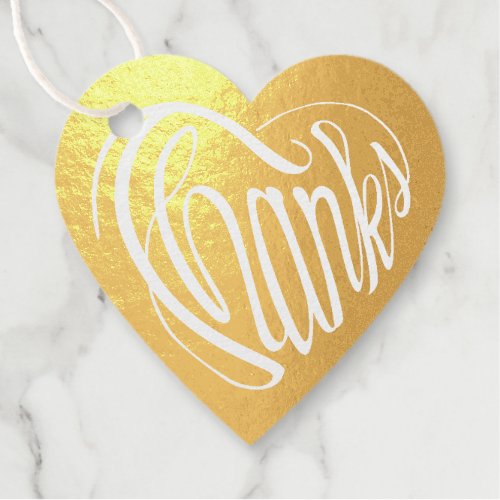
Heart shaped thanks in 6 languages foil favor tags
There are several different six languages of the same type. Other languages(Spanish, French, German, Japanese Hiragana, and Portuguese female), text color (blac
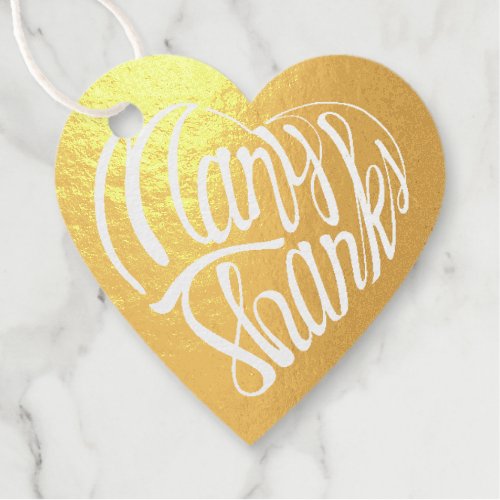
Heart shaped many thanks in 4 languages foil favor tags
A simple way to say many thanks. There are several different languages of the same type. Other languages( French, Deutsch and Japanese Hiragana), text color (bl
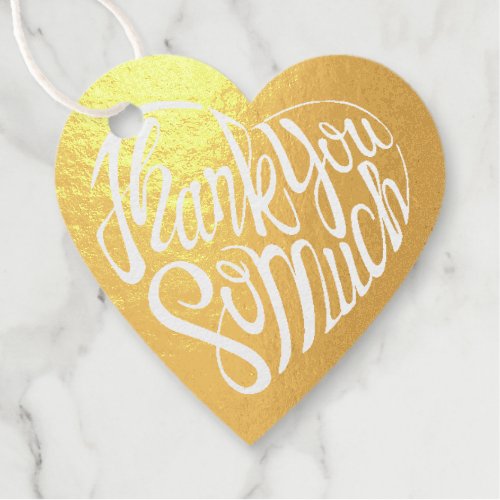
Heart shaped thank you so much in 4 languages foil favor tags
A simple way to say thank you so much. There are several different languages of the same type. Other languages(Spanish, French, and Japanese Hiragana), text col
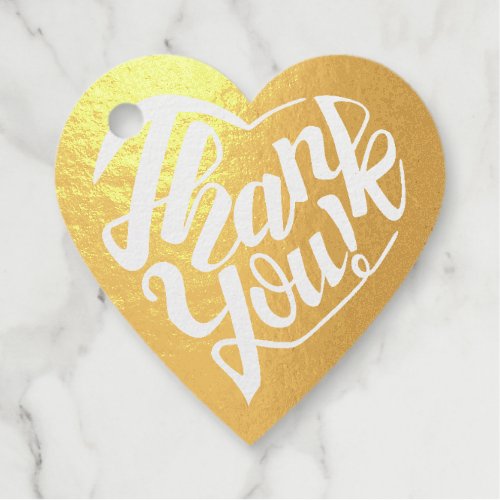
Heart shaped thank you in 8 languages Foil Tag
There are several different languages of the same type. Other languages(Spanish, French, German, Japanese Hiragana, Dutch, Swedish, and Portuguese), text color
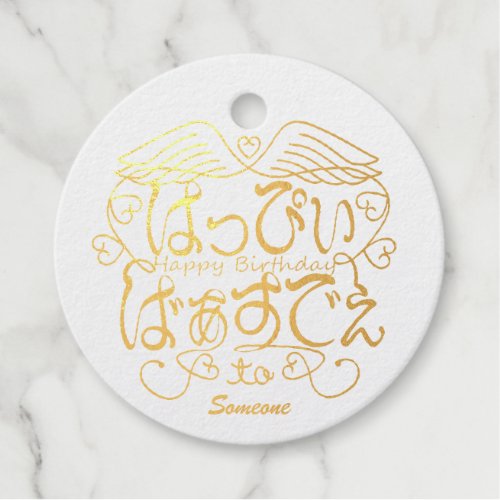
[Hiragana] Happy birthday to Someone Foil Favor Tags
it is literal translation in Japanese Hiragana. You can change the name and message.
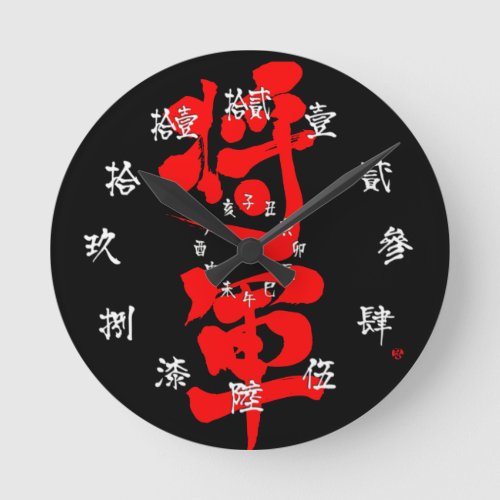
[Kanji] Shogun as classic letter and numbers Black Round Clock
It is a Kanji that old Japanese were using. Additional numbers as kanji and zodiac kanji on inside.
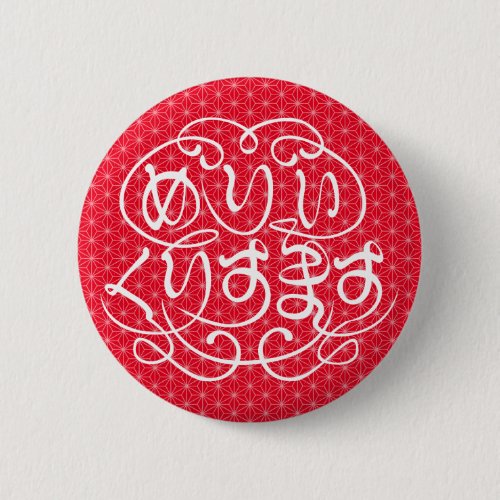
[Hiragana] merry christmas with flax-leaf pattern Button
Used to express good wishes on or before Christmas Day. it is literal translation in Japanese Hiragana.
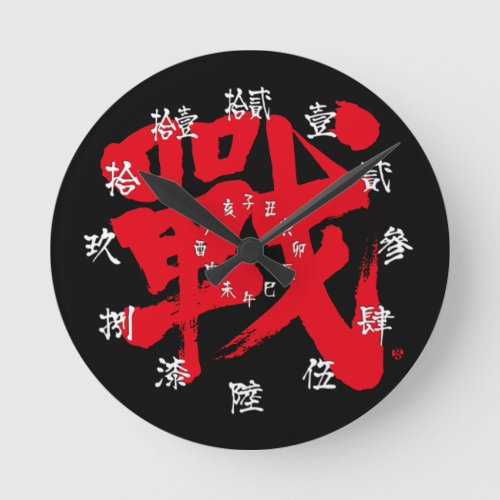
[Kanji] Battle as classic letter and numbers Black Round Clock
It is a Kanji that old Japanese were using. Japanese says Ikusa. It's same means "戦." Additional numbers as pronkanji and zodiac kanji on inside.
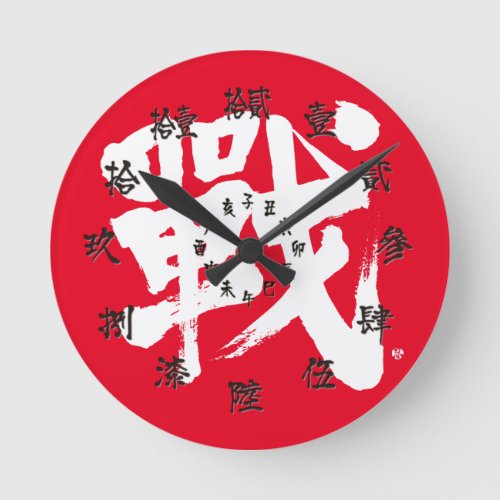
[Kanji] Battle as classic letter and numbers Red Round Clock
It is a Kanji that old Japanese were using. Japanese says Ikusa. It's same means "戦". Additional numbers as difficulty kanji and zodiac kanji on insid
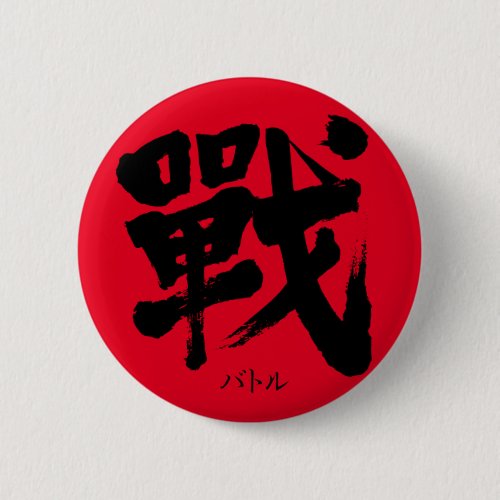
[Kanji] Battle as classic letter Round Button
It is a Kanji that old Japanese were using. Japanese says Ikusa. It's same means "戦".
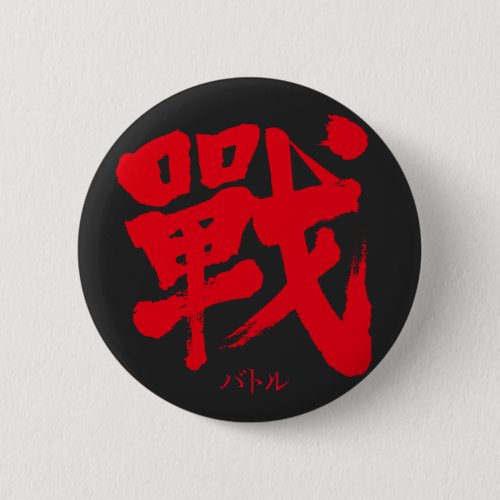
[Kanji] Battle as classic letter Button
It is a Kanji that old Japanese were using. Japanese says Ikusa. It's same means "戦".
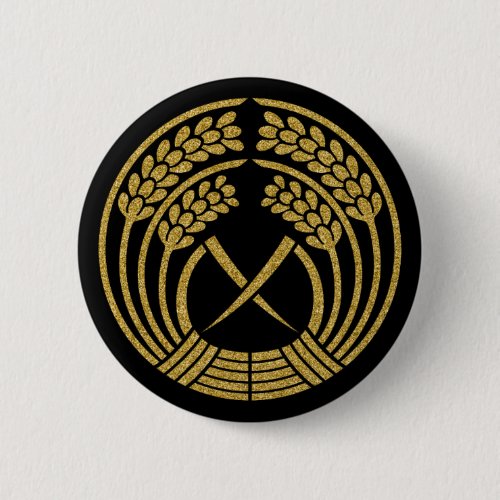
[Family Crests] Hugging rice ear Button
Japanese says "Kamon". Hugging rice ear for Kamon. Nature plants symbol and graphics at old age for Japanese family.

[Family Crests] Hugging rice ear Round Button
Japanese says "Kamon". Hugging rice ear for Kamon. Nature plants symbol and graphics at old age for Japanese family.

NO WAR, нет войны, ні війні, 戦争反対 Button
"NO WAR" in English, Russian and Japanese Kanji on the Russian flag Protest Russia against a unilateral invasion of Ukraine.
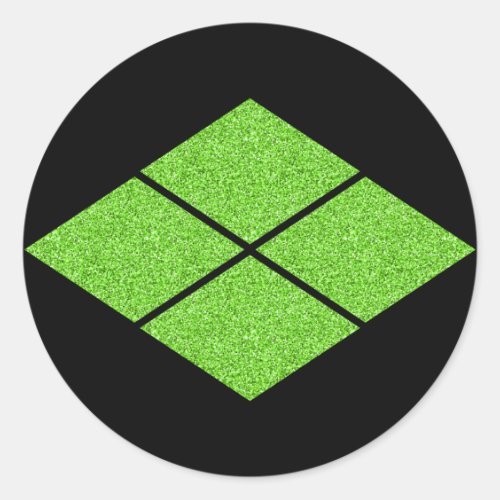
[Family Crests] Takeda-bishi Classic Round Sticke Classic Round Sticker
Japanese says "Kamon". This is the famous family crest of Takeda Shingen.
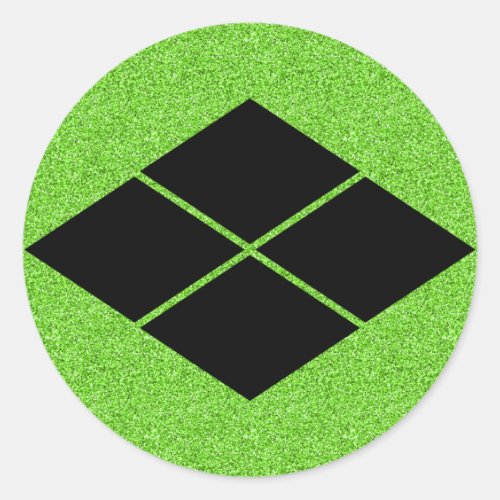
[Family Crests] Takeda-bishi green Classic Round Sticker
Japanese says "Kamon". This is the famous family crest of Takeda Shingen.
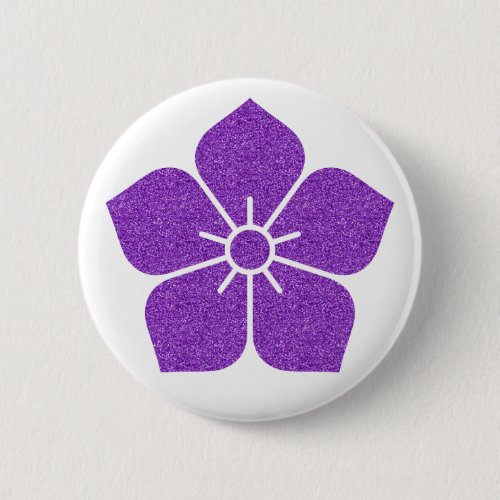
[Family Crests] Kikyo flower Button
Japanese says "Kamon". Kikyo(bellflower) was used as a "flower fortune-telling the good and bad". It is also considered to be one of the rep
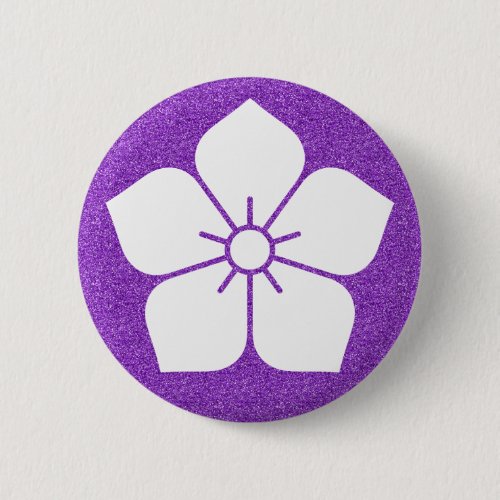
[Family Crests] White Kikyo flower Button
Japanese says "Kamon". Kikyo(bellflower) was used as a "flower fortune-telling the good and bad". It is also considered to be one of the rep
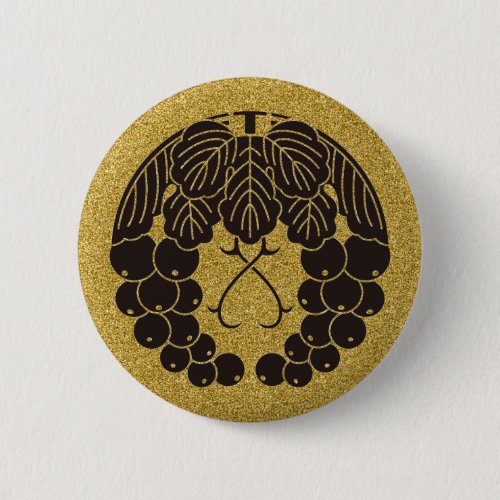
[Family Crests] Two grapes Round Button
Japanese says "Kamon". The grape crest is a very rare pattern that came from the continent.
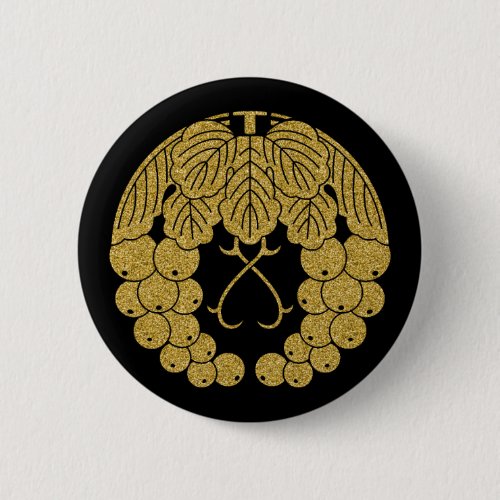
[Family Crests] Two grapes Button
Japanese says "Kamon". The grape crest is a very rare pattern that came from the continent.
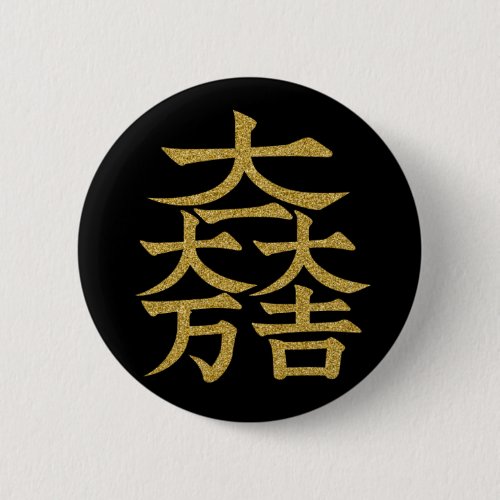
[Family Crests] Ishida Mitsunari flag symbol Round Button
Japanese says "Kamon". It is a Kanji characters symbol that was raised as a war flag by a military commander named Mitsunari Ishida during the Warring
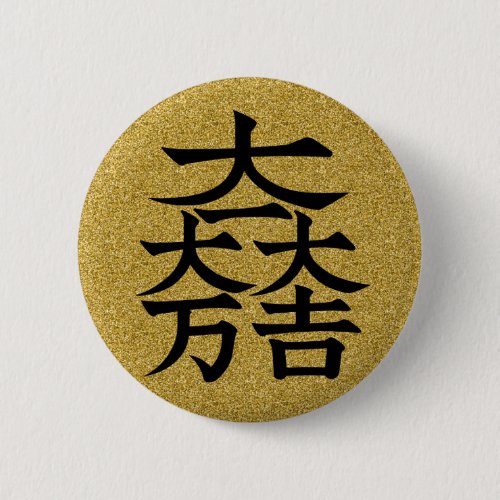
[Family Crests] Ishida Mitsunari flag symbol Button
Japanese says "Kamon". It is a Kanji characters symbol that was raised as a war flag by a military commander named Mitsunari Ishida during the Warring
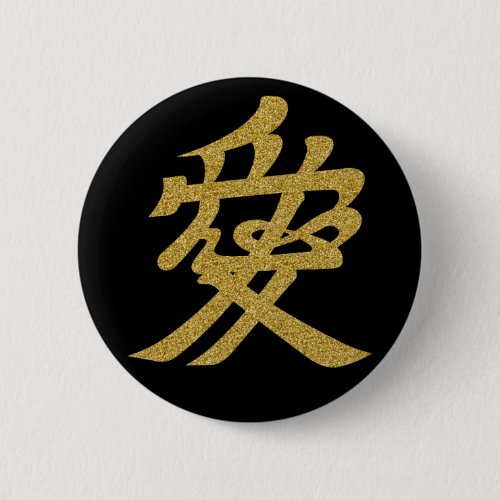
[Family Crests] Naoe Kanetsugu Love Round Button
Japanese says "Kamon". The frontal "Ai (love)" that was attached to the helmet worn by Kanetsugu Naoe during the Warring States period.
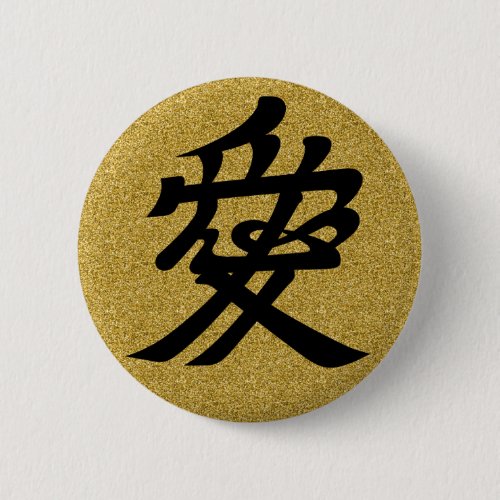
[Family Crests] Naoe Kanetsugu Love Button
Japanese says "Kamon". The frontal "Ai (love)" that was attached to the helmet worn by Kanetsugu Naoe during the Warring States period.
